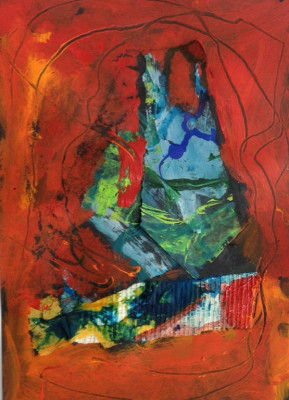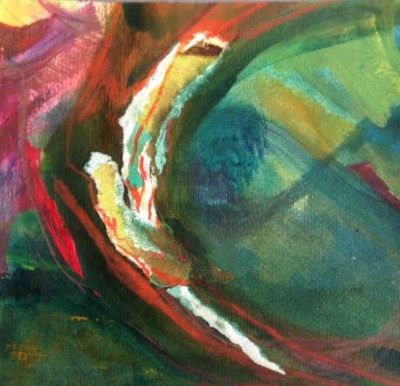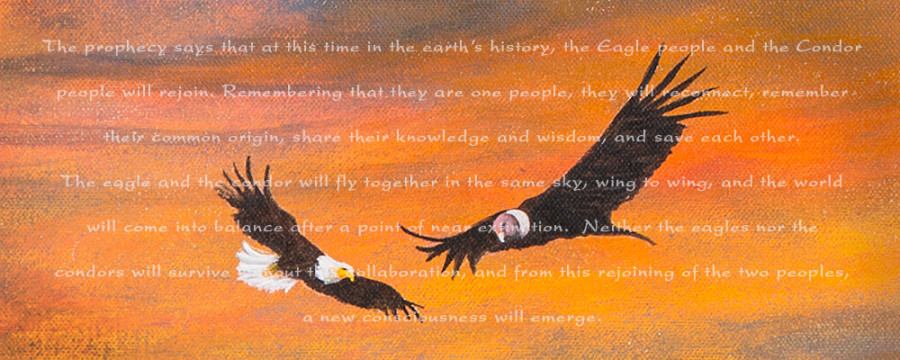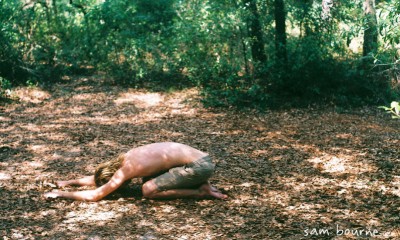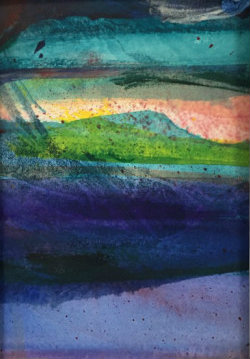 Twelve years ago I left New York City to live in Florida for six months. I was 53 years old, and my body was totally wrecked. For the previous three years, I had been pushing myself with too many flights and travel gigs for work, stress at home, a divorce looming, and an over-stimulated New York life where every hour of the day I was in intense contact with friends, students,and guests from abroad.
Twelve years ago I left New York City to live in Florida for six months. I was 53 years old, and my body was totally wrecked. For the previous three years, I had been pushing myself with too many flights and travel gigs for work, stress at home, a divorce looming, and an over-stimulated New York life where every hour of the day I was in intense contact with friends, students,and guests from abroad.
I was running very fast, pushing my body, and filling my days with so much activity that I barely had time to breathe. Maybe that seems normal, but the problem was, I should have known better. After all, I know about the body and breath. I am a body therapist and teacher and the founder of Body Dialogue, which is all about listening to your body, mind, and soul.
I knew what what I was doing BUT I could not stop myself
I would get on my table and cry at the thought of getting on another flight or having to see another student. I could hardly sleep or do a meditation for five minutes. Everything seemed like a huge boulder I had to push up a too big hill. Everything seemed to be collapsing around me. Some named it depression, but I knew I was in overdrive, in a cortisol-stress loop. I was through menopause due to a hysterectomy, so I assumed my hormones were also a problem. At that point, allopathic doctors were not talking much about the unique issues facing women’s health as they age and face post-menopause, and how patterns of overdrive and over-care impact women’s bodies. ¹
Basically, my body was telling me what was happening. I just did not know how to stop and begin to undo the deeper issues. That is so true about a lot of our problems. We know what’s wrong, but we’re stuck in a pattern that keeps us in loop of the same behavior, over and over.
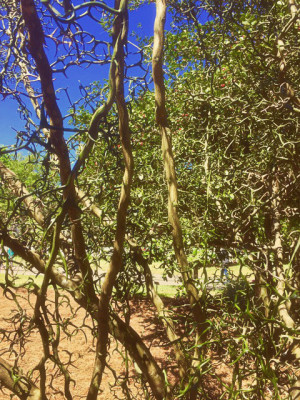 Finally I went to Florida for what I planned to be a six-month break. I was so sad, emotionally drained, and completely at a loss of how to make sense of my life. Even though I had left behind the fast-paced lifestyle of New York City, my body, mind, and soul were still in a state of overdrive. Being in overdrive is not so easy to switch on and off. Rather, it is a set of deeply embedded cultural and emotional patterns driven by a message that is mostly unconscious. I always felt a gun was to my head. Part of it was simply habit from my family and the collective. My inner voices said I had no worth unless I was busy and productive, that self-care is selfish, and that listening to my body is a frivolous privilege. My overdrive patterns were still in me, even though I left New York City; the compulsion to do, the compulsion to be needed, the compulsion to be wanted, and the compulsion to have people in my life to nourish me all still lingered
Finally I went to Florida for what I planned to be a six-month break. I was so sad, emotionally drained, and completely at a loss of how to make sense of my life. Even though I had left behind the fast-paced lifestyle of New York City, my body, mind, and soul were still in a state of overdrive. Being in overdrive is not so easy to switch on and off. Rather, it is a set of deeply embedded cultural and emotional patterns driven by a message that is mostly unconscious. I always felt a gun was to my head. Part of it was simply habit from my family and the collective. My inner voices said I had no worth unless I was busy and productive, that self-care is selfish, and that listening to my body is a frivolous privilege. My overdrive patterns were still in me, even though I left New York City; the compulsion to do, the compulsion to be needed, the compulsion to be wanted, and the compulsion to have people in my life to nourish me all still lingered
Then I met a lovely naturopath who suggested my adrenals were shot and my nervous system was out of balance. She explained the syndrome and how it resulted in all the symptoms I was having. What she said made total sense to me. We did acupuncture, herbs, and I started weekly cranial sessions with a gifted healer. Finally I had someone who helped me listen to the drive of the egoic voices and all the limited beliefs that accompanied them. Finally, I began again to listen to my body. I listened to my breath to lead the way. I knew that if I listen deeply and honestly, my body would lead the way. I began to unravel where my body was holding these messages of compensation and grief. I needed to cry and cry and express what was underneath the habits of overdrive and survival. I started to paint and do collage to express a deeper wisdom being held within. I also needed to stop and feel the void; the void that comes when compulsive behaviors are actually left to heal without covering them up with new addictions. My manic behavior which is my go-to even today has an end point. When I find myself in that cycle I recognize there are some old fears surfacing and some new grief waiting to be revealed.
I am not over this dis-ease. I am much better at recognizing the signs that I am about to go into overdrive but the culture is even more sped up today than it was ten years ago and the fears of today are much worse than before.
I would love to hear your stories.
My friend and herbalist Maddie Sovern has been a huge aide to me in recent years. The following are her thoughts and suggestions regarding adrenal fatigue:
The function of our adrenals is to support us in times when we need extra energy by secreting adrenaline. How miraculous to have this resource to draw from when we really need it! But, when we push day after day, we continually send out energy out to our limbs so that we can keep on running. When we do this, our energy is not in our core, which is where most of our vital organs are. We become ungrounded. When we push day after day, when we have too much on our plates, when we say yes to everyone and everything, we are depleting our natural energy reserves. We disturb the balance of our Sympathetic (fight/flight/freeze) and Parasympathetic (rest & digest) Nervous System states. We can only do this for so long before we burn out. And since we live in a culture of pushing, what do we do when we burn out? More caffeine, more sugar, more super foods, more herbal adaptogens.
Adaptogens are becoming very popular in our culture. “Adaptogen” is a relatively new herbal term used to refer to plants that work through the HPA axis to help the body cope with stress and to mediate our energy levels. Sounds good, but what if many of these herbs are still pushing the adrenals to work hard? For example, my teacher Karyn Sanders says that Reishi pushes our adrenals, while Eleuthro actually feeds them. If the root of our problem is in our behavioral pattern of pushing, and we keep numbing our exhaustion with various substances, then we are not getting to the root of the problem, even if those substances seem healthy. What if we really need something different? When we are depleting our reserves, I feel that we need to nourish, be gentle with ourselves, rest, and use restorative herbal medicine, restorative yoga, and healthy amounts of exercise. And we need to look at why we are running around like chickens with our heads cut off in the first place.
It takes courage to slow down in a world that is moving so fast. It takes self-confidence enough to not worry what other people think. I believe the rhythms of nature have a lot to teach us. I feel the most well when I am watching a river flow, or standing in an open field letting the sun warm my bones, or tending my garden. My hope is that we may learn tend the garden of our bodies gently and lovingly, and in accordance with the rhythms of nature. Because afterall, we are nature.
When I feel depleted and ungrounded, I love to make a nourishing infusion of nettles. Nettles is very mineral-rich, which is wonderful because when we are stressed, we are depleting our mineral reserves.
To make nettles infusion, bring a half gallon of water to a boil and add about 1 cup of dried nettles. Place a lid on the pot, turn off the heat, and let it infuse overnight, or at least 4 hours. Or make the infusion in a crockpot. Keep the heat on low and leave it 4-8 hours. Strain and drink 1-4 cups per day. Feed your nerves.
RESOURCES:






